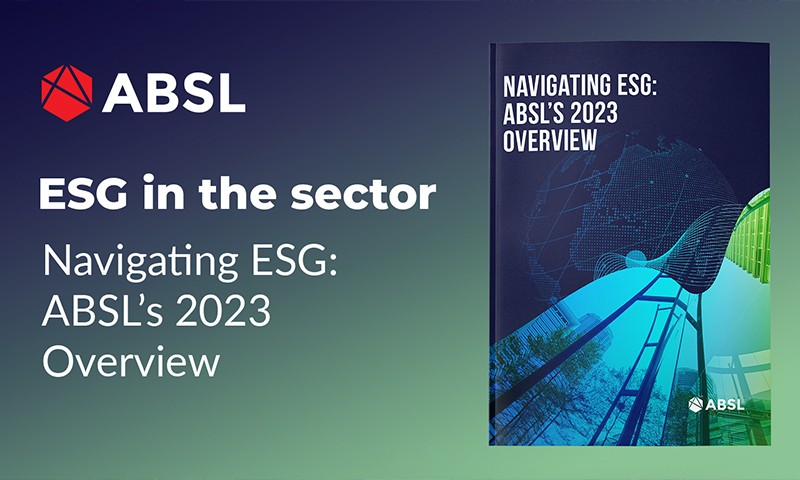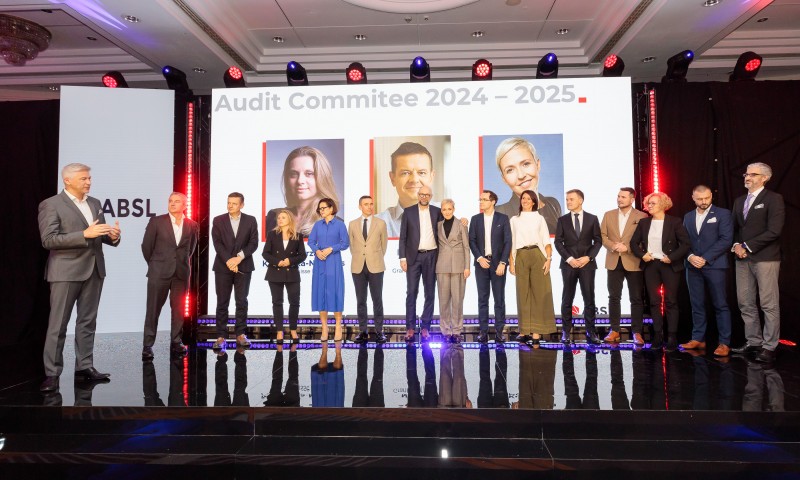Our Expertise Partner Komunikacja+ about the most common traps that brands fall into while managing crisis
Each and every PR professional or enthusiast is well-aware that just as many brands, so many opportunities for potential crises. How to avoid a slip when there is a lot of bad publicity around our brand and our actions are being driven by our emotions? First and foremost, you should steer clear of the most common traps we fall into in our struggle to protect the image of our brand.
Don’t stew in your own juice
A PR professional won’t ever die of boredom. However, you might get stuck in a rut which in turn could lead to crisis. This is when you may begin to stew in your own juice. Being stuck in the same brand environment and issues results in some form of ”indifference” that is likely to end in the launch of a crisis-generating campaign. This truth was learnt the hard way by one of the clothing brands while they were performing their online activities included in the campaign. The company had decided to promote their products in a rather unusual way. What actually caused the backlash was an online photo of a young African-American boy wearing their hoodie with the sentence ”The coolest monkey in the jungle” written on it. The company was flooded with thousands of negative comments and accusations of racism. Eventually, the photo was removed and the sale of the hoodie was stopped. Interestingly enough, another clothing company dropped the ball on the same issue only a year later. A photo of an African-American male model wearing a shirt with a bamboo pattern was promoted as a „Shirt with a bamboo”. They were hammered by the public, and similarly, accused of racism as people thought that the word ”bamboo” related to the model. Under the pressure of the Internet users, the company changed the name of the product into ”Leaves-patterned shirt”.
Undeniably, the ”own juice” trap is especially evident when there has already been an outbreak of crisis. Teams that have spent too much time together very often are not able to get some fresh eyes on an issue. When paired with unbelievable pressure, unwise decisions are even more commonly made. The role of the team leader also plays a significant role in the case of this trap. A dominant manager or CEO who imposes his own mindset on others can be a catalyst on the way to the escalation of the crisis.
Can companies avoid the ”own juice” trap? Certainly. While you’re planning your PR campaigns, make sure you always get some fresh eyes on the subject. That is why the role of public relations agencies is so important in managing potential and ongoing crises. External PR pundits can help you catch a new perspective and, above all, recommend actions adequate to the situation. Bear in mind the fact that the agency's know-how is based on the experience gained while they were managing the crises of other brands. Due to that, a PR agency offers their support in terms of how to avoid the mistakes which other market participants have already made. However, if we can’t bounce our ideas off of a consulting company, it’s worth running a ’crash test’ among the team members, i.e. a constructive brainstorming session thanks to which we can perform the simulations of some potential crisis scenarios and find answers to most of our questions before we actually do something.
Avoid emotional response to crisis
We don’t need to convince anyone that there is no same crisis twice and a lot of so-called ’crises’ do not have any connection with business. On the flip side, if potentially negative image issues concern our brand, we fall into the trap of a personal response. It has its roots in a psychological phenomenon called ’emotional reasoning’. It’s a cognitive process shaping our perception based on what we feel. Surely, our emotions are very much at play in the case of the brands we work for. In such cases we approach most matters in too personal a manner, which often causes our defensive response. In consequence, we escalate the crisis unconsciously; the crisis which could pass unnoticed in the eyes of other beholders. To top it all, we ourselves often publicise crises when we e.g. share a link to a negative review with others. In our everyday work, we can also observe this phenomenon, which we colloquially define as "professional corruption”. Ask yourself this: ”How many times have you seen potential crisis in brands’ activities?” Exactly! Each and everyone has made hundreds of such observations of the cases that actually never turned into crisis. Our subjective business perspective is well-reflected in the discussions in the Facebook group called ”Crises in social media arise at weekends”. It’s where the enthusiasts of communication share their ideas on the crisis-generating activities of brands in social media. What is interesting, „It’s not a crisis” comment added under the posts of the group members has already become iconic in that group. This shows how easily we fall into the trap of emotional response. And yet, how to deal with it? Similarly to the „own juice” trap, it’s necessary that we get some external perspective. Remember that your actions should be adequate to the situation and shouldn’t contribute to the publicity of the crisis. Therefore, next time a negative review of your brand appears in social media, think if perhaps it’s better to respond to it in a private message rather than release an official statement that will reach a much wider audience. The same rule applies to the relations with the media. Journalists are often bombarded with official statements from which they learn about crises.
Speed of response matters
When you’re facing an obvious crisis, it's time for the brand to respond. There is another trap for PR people looming round the corner. The pace of response to a crisis is one of the key elements of its effective management. Too quick a response is most often an outcome of insufficient preparation, and when it’s too slow, it is considered ignorance on the part of the brand. Both responses share a common element: a flood of negative comments. Obviously, it’s hard for companies to predict the scale of the crisis they’re going to deal with. However, it is worth taking actions that will prepare them well for a potential crisis. In the case of large corporations in which the decision-making process is particularly lengthy, it is worth securing suitable communication activities with a crisis management book. It contains an action plan, the procedures to be followed e.g. in terms of the flow of information, crisis management scenarios, the principles of the operation of the crisis management team, including the allocation of roles for particular employees, the members of the CM team, the principles of cooperation with the media, and above all, operational documentation, which covers Q&A and the model statements used for specific crisis situations.
Don’t get too corporate
Another PR trap, which is a direct effect of the speed of response trap, is the press releases of companies. The stance that a brand has adopted during the image crisis forms a basis for its anti-crisis measures. Surely, companies should apologise in the event of some serious infringements or evident fail, but more and more often PR professionals fall into the trap of corporativeness and lack of initiative. Companies finally apologise under the pressure of the negative comments of the Internet users for the actions that they are not actually accountable for or that were not designed as scandalous or unethical. Brands tend to apologise for, literally, everything, and what is even worse, they do it in a corporate manner and highly inadequate for a particular audience. No one wants to read the statements that are too general, cliche, too hazardous and unsuitable for the crisis situation that their brand is coping with. The times of the statements that contain corporate gobbledygook should be long gone, especially that ’the trap of corporativeness’ is an existing issue. The company that recently fell into it was the most famous fast food chain in the world. This American giant ran a special ad in social media aimed at encouraging Brazilians to respect the social distancing rules during the coronavirus pandemic. In order to do that they had modified their logo which, in its altered version, showed two arches that normally form the logo, but separated. The premise of this graphic design was: ”separated for a moment to stay together forever”. This promotion, however, did not receive positive feedback from the Brazilian Internet users. They accused the brand of taking advantage of the pandemic to advertise its products. The company decided to release an official statement with apologies, written in very corporate language, in spite of the fact that their campaign had inspired a number of global brands to modify their logotypes. In such cases, what is particularly important is common sense and bearing in mind the core idea or aim of the PR steps that have been taken. If they do not question the values of your brand and do not raise controversy, there is no need to succumb to the pressure from the public. In the age of the Internet, there will always be "haters" who will try to criticise the brand's actions at all costs. However, if the situation forces us to issue an official statement, remember that it should be adapted to the recipients and actually responding to the problem.
Trap of first communication
An online press release which meets all the standards of an ideal official statement may also lead to a crisis. While preparing a press release, companies often forget about ’the trap of first communication’. It takes place when the crisis communication actions are neglected inside the business. The adequate handling of internal communication is the first step that a company should take. Those employees who will learn about e.g. a significant crisis from the media or social media may become another source of it. A good example that represents all the above-mentioned elements was the case of a successful furniture producer. The company dismissed one of their employees because he published a post on an internal company forum and used the quotes from the Old Testament to criticise the LGBT community. That employee’s assault was targeted at his employer as the company was running internal campaigns supporting the Pride Month in June. The company received thousands of negative comments, especially regarding the issue of the dismissal on the grounds of beliefs. Can such crises be prevented? It’s key that each and every employee knows their company values. If a crisis arises, adequately designed internal communication is a necessity. No information, be it negative or positive, concerning the company should not leave the walls of the organisation before it is disseminated among the employees. Make sure that the external communication is consistent with the internal one.
Keep calm and carry on
Just as brands differ, crises can have many faces. In the case of significant image crises it’s very easy to make mistakes. Therefore, if we make some mistake, we should first verify the situation we are in reasonably. Nervous and overly impulsive actions can cause us to fall into several traps at once. This is a particularly dangerous tendency that may contribute to the image and business failure of the brand… and in PR, like any other sphere of our life, one stitch in time saves nine.
About the author

Tomasz Alberski
Managing Partner in Komunikacja+ Group. Founder and president of Komunikacja+PR agency. Vice-president of the Association of Public Relations Companies. He has several years experience in PR business. Tomasz is an expert on corporate communication, public affairs and crisis communication. He is in charge of the strategic consulting for key accounts and the business development of the agency. He is also a strategic consultant for the managing boards of the biggest companies and local government administration authorities in Poland. Former consultant of the Prime Minister.









